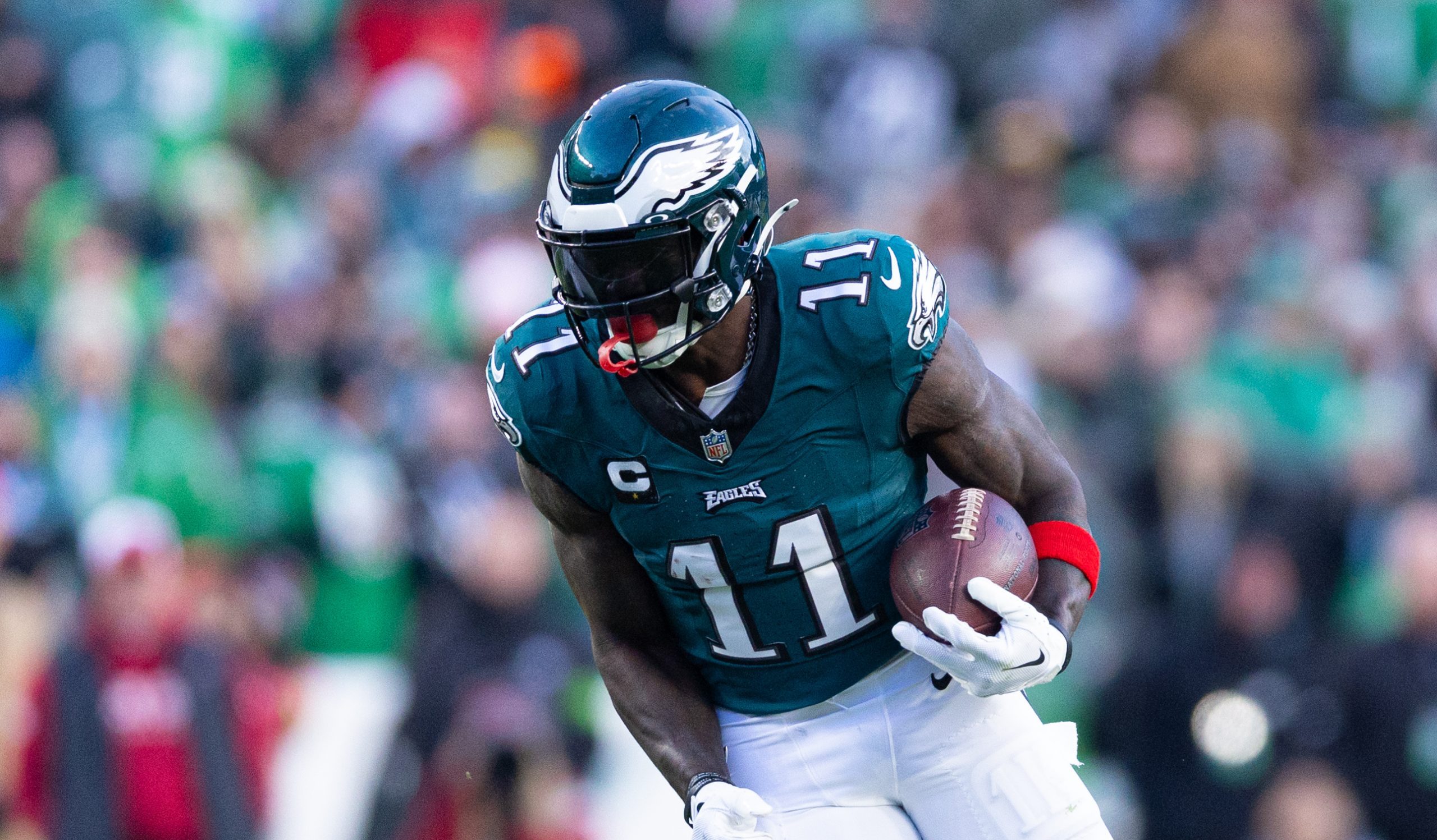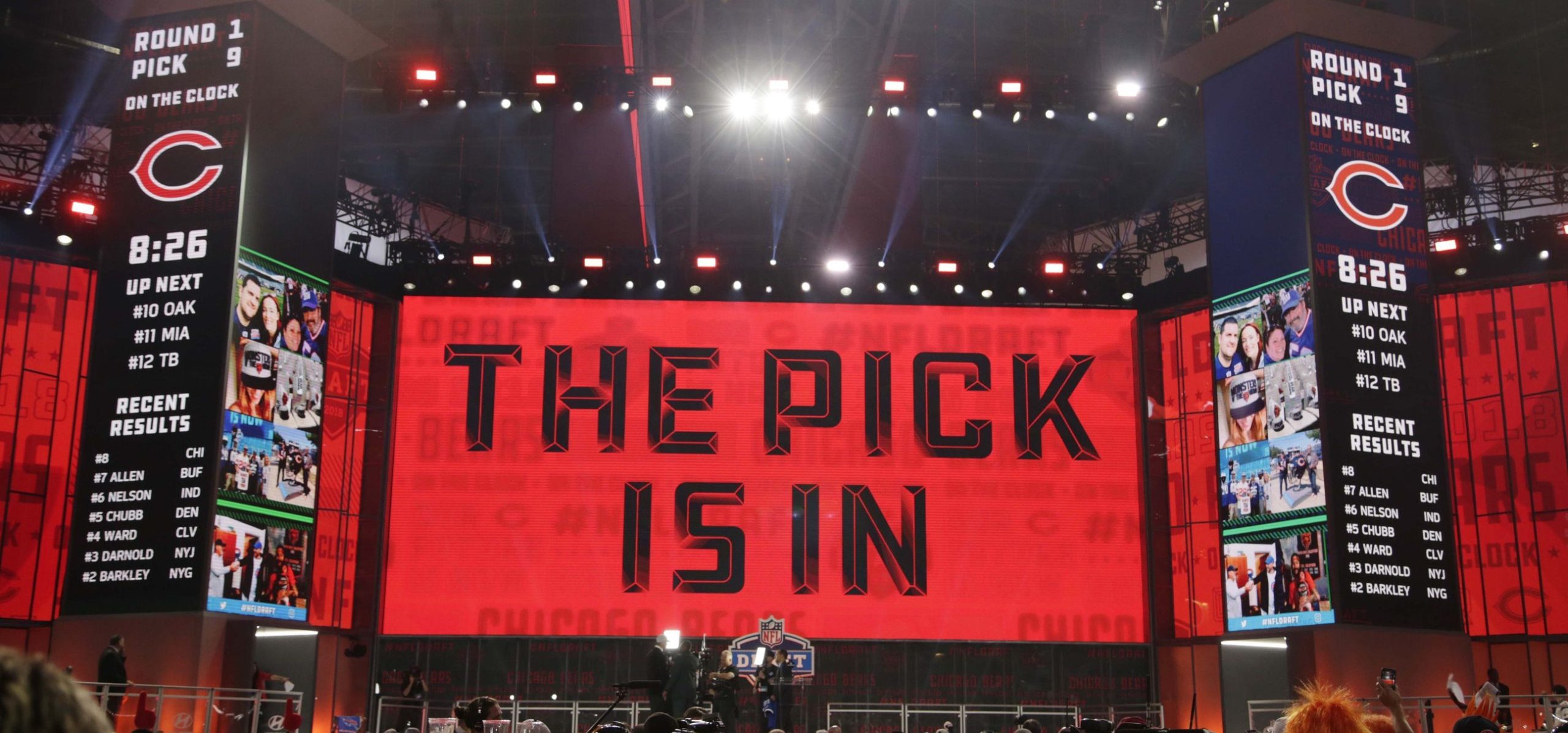Jonathan Martin has long been a high-profile figure, in and out of the football world. Martin shone on the offensive line at Stanford, earning first-team All-American selections in both 2010 and 2011, and was selected in the second round of the 2012 NFL draft by the Miami Dolphins. There, a NFL-commissioned investigation found that Martin was the victim of bullying and harassment from Richie Incognito, John Jerry, and Mike Pouncey, which led to Martin leaving the team.
Martin (seen above in 2012 with the Dolphins) was eventually traded to the San Francisco 49ers in 2014, and spent time with them and the Carolina Panthers before retiring at 26 in 2015. He cited both physical injuries and mental health struggles for that retirement, saying he contemplated suicide multiple times while in the NFL. And Martin’s been in the news for some negative reasons since then, particularly after an Instagram post in 2018 that was seen as a threat to his high school, which led to him being detained by police (who found him heavily armed) and charged with making criminal threats and possessing a loaded firearm. The charges against him were eventually dismissed in 2021 after he completed a two-year diversion program.
Martin has spoken out about head trauma he endured during his football career as well, speaking at a chronic traumatic encephalopathy (CTE) conference at Boston University in 2021 and saying he would donate his brain to research after his death. He told The New York Times‘ Ken Belson then that he was doing well, with therapy and medication helping to control his anxiety, depression, and mood swings, but he felt that football had left an impact on his mental health: “You can see on an M.R.I. evidence from moderate concussions. So it’s hard to not at least think that there’s some causal effect between playing football for 13 years and an increase in depression.”
And now, Martin’s role in a new Johns Hopkins University study specifically tracking trauma-repairing microglia brain cells is featured in a new piece from Belson that the Times published this week. Here’s more on that study from Belson:
Dr. Jennifer Coughlin, an associate professor at the Johns Hopkins University School of Medicine and the study’s lead researcher, first observed the overtime work of the reparative brain cells in a pilot of the study that began in 2015. Testing four active N.F.L. players and 10 former pros whose careers ended within 12 years, Coughlin’s team found higher levels of a biomarker that increases as microglia activity does.
That chronic activity, she said, might be a sign that players are at risk of developing other problems linked to brain trauma, such as deteriorating memory, mood disorders or Alzheimer’s disease.
“We want to know whose brain is healing and why,” Coughlin said. “That could inform new treatments.”
That piece details the process of the study, which saw Martin first examined in late 2019, then return to Baltimore for follow-up questions and a 90-minute PET scan over two days this March (with the delay between those visits being partly due to the COVID-19 pandemic). The scan does not sound particularly pleasant, with Martin having to place his head in a molded metal cylinder and then be inside a scanning apparatus for an hour and a half, especially difficult given his claustrophobia. He said meditation helped, though. And while Martin won’t get individual results from this blind study, he said he thinks it’s valuable for him to participate (22 former NFLers and 25 other athletes have been tested so far, and Coughlin hopes to get to 70 athletes overall) to figure out how to potentially detect some of these brain diseases early, saying “I wanted to be at the forefront of a solution. …It’s all part of being part of research that I’m passionate about to make the game better.”
Martin’s involvement here could be valuable for several reasons. For one thing, his relatively young retirement and lack of diagnosed concussions while in football makes him a different case than many. Many studies on football and brain injuries have focused on older players with long concussion histories from decades ago and the severe challenges they’re now facing, but there have been several notable cases of brain injuries showing up with younger athletes with fewer (or even no) diagnosed concussions, and several studies suggesting youth football impacts may play a major role in eventual brain disease. And Martin’s offensive line position in particular means he likely experienced large amounts of subconcussive impacts over time, which research shows can add up to significant trauma. (And just because he wasn’t diagnosed with concussions doesn’t mean he didn’t get them.)
But Martin’s involvement in these studies also matters because of his openness with his history of battling depression and anxiety, not something we always see publicly from football players. And he believes that may be related to football, telling Belson that helped motivate him to sign up for this study: “Based on some of my behavior, the question came to mind: Is there something wrong with me beyond just normal depression?”
This particular study still has a ways to go, as it’s only just finishing its second phase. But scientists not involved with the study tell Belson there’s some potential here. And the focus on NFL players makes some sense considering that they’re a discrete group that experienced trackable trauma at certain points. And many of them, like Martin, are eager to participate over time to try and boost our understanding of how football may impact the brain. It’s certainly good to hear that Martin is doing better with his anxiety and depression these days, and it’s also interesting to hear about how he’s trying to contribute to research that could matter for many NFL players.
[The New York Times; photo from J. Pat Carter/The Associated Press]






